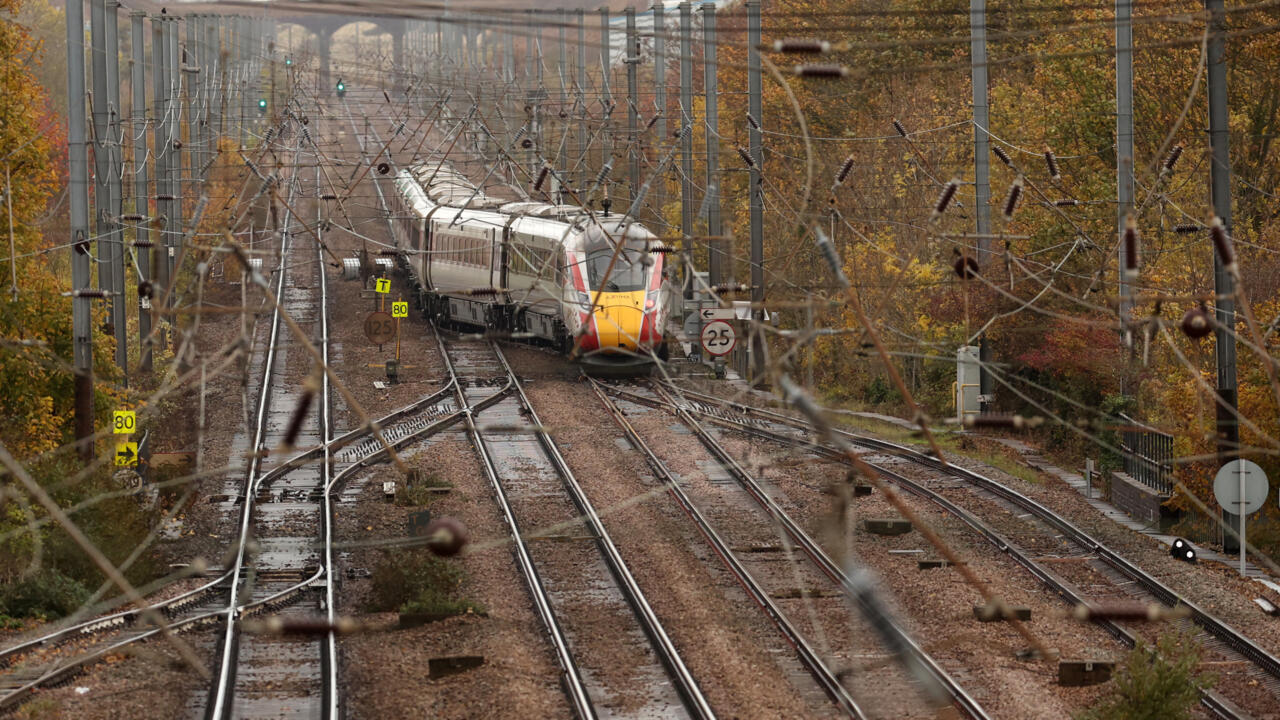In a move aimed at enhancing national security and protecting public safety, the German government has announced a new policy allowing law enforcement authorities to shoot down drones under certain conditions. The decision comes amid growing concerns over the potential misuse of unmanned aerial vehicles (UAVs) for criminal activities, including surveillance, smuggling, and attacks on critical infrastructure. This development marks a significant shift in the country’s approach to drone regulation, as authorities seek to address the increasing presence of drones in sensitive areas.
The rise of drone-related security threats
Drones have become an integral part of modern technology, offering a wide range of applications, from recreational use to commercial and even military purposes. However, their widespread availability and capabilities have also raised serious security concerns. Drones can easily be used for illicit activities, including smuggling contraband into restricted zones, gathering intelligence on sensitive installations, or even carrying out direct attacks on critical infrastructure. In response to these threats, the German government has decided to empower police forces with the authority to neutralize drones that are deemed to pose a threat to public safety.
Worries about the policy’s effect on community safety and personal privacy
The decision to allow police officers to shoot down drones is not without controversy. Some argue that it could lead to unnecessary escalation, particularly in situations where drones are simply being used for recreational purposes or have unintentionally entered restricted airspace. Others have raised concerns about the potential risks to innocent bystanders, as shooting down a drone could cause debris to fall in populated areas. However, the government has emphasized that this policy will only apply in cases where drones are considered to pose a direct and imminent danger to public safety.
The increasing necessity for more robust drone regulations
The issue of drone misuse has become more pronounced in recent years, as drones have become more affordable and accessible to the general public. While many drones are used for legitimate purposes, such as photography, surveillance, and delivery services, their potential for abuse has caught the attention of authorities. The possibility of drones being used for terrorism or criminal activities is a growing concern, particularly in the context of large-scale public events or in proximity to critical infrastructure like airports, power plants, and government buildings.
One notable example of the potential threat posed by drones occurred in 2018, when a drone caused significant disruptions at London’s Gatwick Airport. The airport had to shut down for several days as a result of a drone sighting near the runway, leading to flight cancellations and delays affecting thousands of passengers. Incidents like this have prompted governments around the world to re-evaluate their drone regulations, with some countries taking more proactive steps to deal with the emerging risks associated with these devices.
Germany’s latest regulation aligns with a wider European movement to enhance drone legislation. A number of nations, such as France and the United Kingdom, have put into place or are contemplating akin actions to address the increasing risk of improper drone usage. In certain instances, these countries have established restricted airspaces around essential facilities or utilized advanced technology aimed at locating and neutralizing illegal drones.
Handling the equilibrium between safety and confidentiality
One of the key challenges in implementing such a policy is balancing the need for security with the protection of individual privacy rights. Drones have the potential to intrude on personal privacy, particularly when used for surveillance purposes. However, the widespread use of drones for legitimate activities, such as aerial photography and delivery services, has made it difficult for lawmakers to craft regulations that can effectively address both concerns.
To tackle these issues, the German government has stated that the policy will adhere to strict protocols and supervision. Law enforcement personnel will need to adhere to specific criteria when making decisions about whether to bring down a drone, such as evaluating the potential threat the drone represents and establishing if it is flying within a prohibited zone. Moreover, the policy will be closely observed to prevent the unwarranted targeting of innocent drone pilots.
Despite these safeguards, concerns about the potential for overreach remain. Some critics worry that allowing police to take down drones could lead to an erosion of civil liberties, as individuals may be deterred from using drones for fear of facing harsh penalties or having their equipment destroyed. There are also concerns about the potential for drone-related accidents or injuries, particularly if the drones are shot down in populated areas or near critical infrastructure.
The progress of technologies for countering drones
As drones become more advanced and their capabilities continue to evolve, governments will need to develop more sophisticated methods for managing their use. The ability to shoot down drones is just one of many tools that law enforcement agencies can use to protect public safety, and it is likely that other countries will adopt similar measures in the coming years.
In addition to allowing police to take down drones, some governments are investing in advanced technologies that can detect and neutralize unauthorized UAVs. These technologies include drone jammers, which can interfere with the communication signals between a drone and its operator, as well as systems that can physically capture drones mid-air. While these methods are still being refined, they offer an alternative to shooting down drones, which can be dangerous in crowded or sensitive areas.
Future implications for drone regulation
The increasing presence of drones is creating a distinct challenge for authorities globally. While drones can transform sectors like logistics, farming, and monitoring, providing fresh prospects for innovation and higher efficiency, they also introduce notable threats when utilized for illegal activities or as a means of terrorism. Harmonizing the advantages of drone technology with the demand to safeguard public safety and privacy will necessitate continuous cooperation among governments, law enforcement, and citizens.
The implementation of a strategy permitting law enforcement to target and take down drones in specific circumstances signifies a growing awareness of these threats and the necessity for stronger actions to tackle them. Nonetheless, it also prompts significant inquiries regarding the potential implications of this strategy, especially concerning the effects on individual liberties and privacy entitlements.
Looking forward, it is clear that governments will need to continue adapting their laws and regulations to keep pace with the rapid development of drone technology. Whether through more aggressive enforcement measures or the deployment of advanced drone-neutralizing technologies, the challenge will be to ensure that the use of drones remains safe and secure, without infringing on the rights of individuals or compromising public trust.
In the ongoing discussion regarding how to effectively address the rising challenges posed by drones, Germany’s move to permit law enforcement to take down drones signifies an important milestone in the discourse on harmonizing security, privacy, and technological advancement. This initiative is expected to act as a precedent for other nations facing similar issues, as authorities aim to safeguard their populations from potential drone-related risks, all while continuing to leverage the advantages offered by this technology.





:format(jpg)/f.elconfidencial.com%2Foriginal%2Fb4b%2F704%2F3a9%2Fb4b7043a96f4f72460b218db5912e73f.jpg)